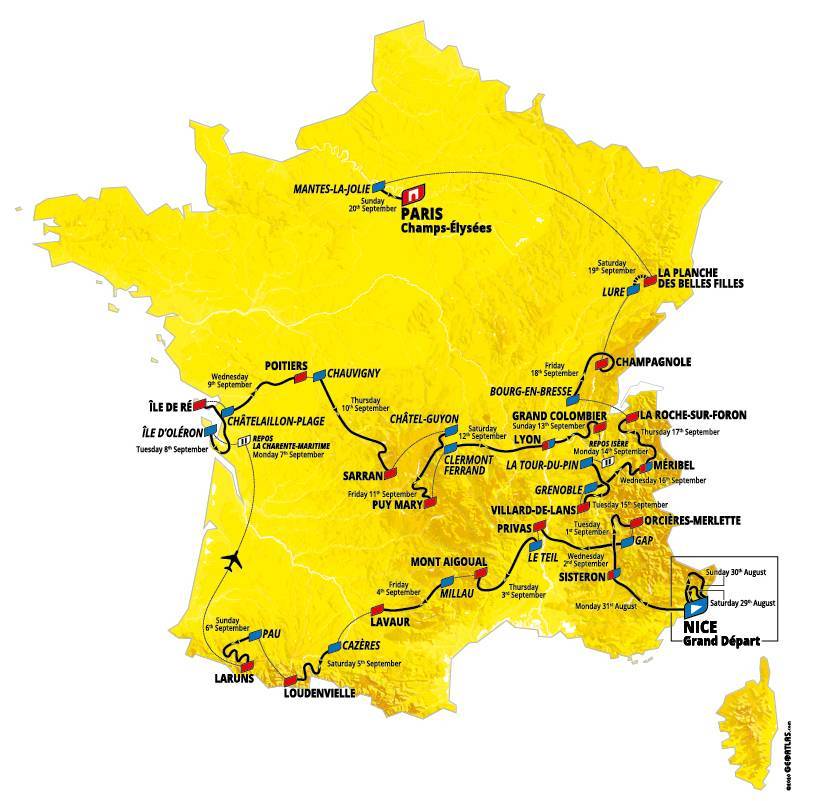I haven’t talked to the spinners in our community for a month, since the TdF part un concluded. Why 2 parts? Well, a little background. .. The tour de fleece is based on the tour de France and that was delayed due to covid 19 concerns. The spinning community decided to hold the tour de fleece at it’s usual time, just in case the cycling race was cancelled over all. I went with that. And now it looks like the tour de France will be on starting this Saturday. It runs from 8/29 through 9/20. There are 2 rest days: 9/7 and 9/14. And there are challenge days when the bike race is in the mountains, spinners challenge themselves to do more or do better or do different. There are a lot of those days this year: 8/30, 9/5, 9/5, 9/11, 9/15, 9/16, 9/17.

This time I’m collaborating with Patty Sanville of Budding Creek Farm. We will be combining our teams for the prizes. Both teams are on Facebook. The prize categories will be most yardage spun, most different types of spinning fiber (plant, animal and man-made), most different “Shave Em to Save Em” breeds spun and most different spinning equipment, such as electric wheel, number of treadles, different kinds of spindles and even a charka if you have one (hint: I do!)

So how do you participate? First join one or both of the facebook groups. Click here for FGF Tour de Fleece group. Click here to join Spinning in Circles group. Have a goal for these spinning days whether that’s spinning for a certain project or just stash busting. Then spin everyday. Do you have to spin the whole time the race is running? No! You can of course do that and you would be in the running for the most yardage. But any spinning every day is fine. I’ve found this to be the single greatest way to improve your spinning. You are building up hours of practice. You are learning your wheel and your fibers and building stamina.

I do hope you will join us! Its a fun community. I will be doing at least one Zoom spin-in. More info on that on the group page.




